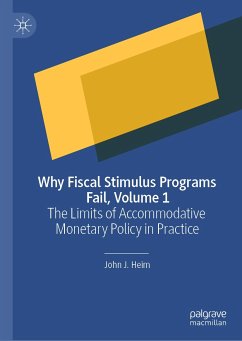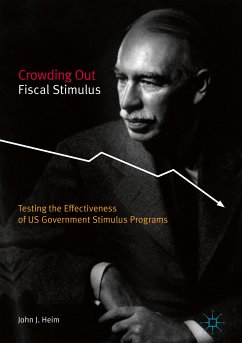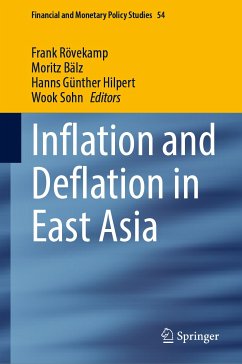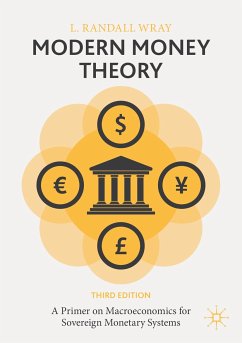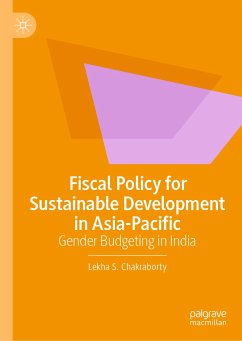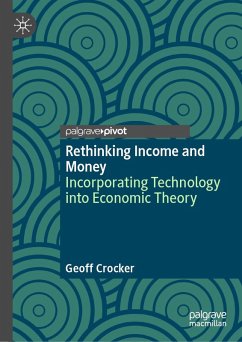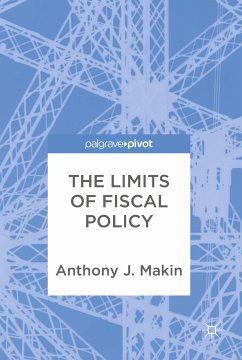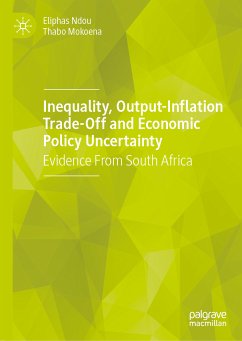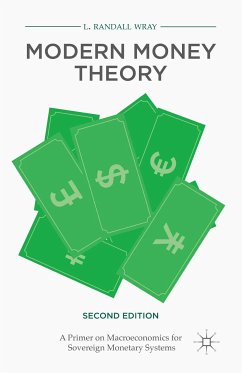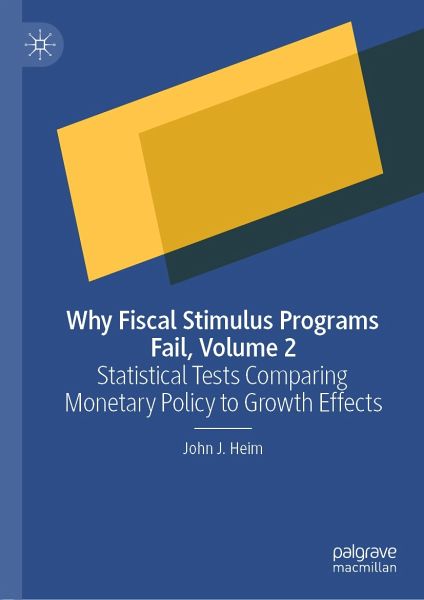
Why Fiscal Stimulus Programs Fail, Volume 2 (eBook, PDF)
Statistical Tests Comparing Monetary Policy to Growth Effects
Versandkostenfrei!
Sofort per Download lieferbar
88,95 €
inkl. MwSt.
Weitere Ausgaben:

PAYBACK Punkte
44 °P sammeln!
This book scientifically tests the assertion that accommodative monetary policy can eliminate the "crowd out" problem, allowing fiscal stimulus programs (such as tax cuts or increased government spending) to stimulate the economy as intended. It also tests to see if natural growth in th economy can cure the crowd out problem as well or better. The book is intended to be the largest scale scientific test ever performed on this topic. It includes about 800 separate statistical tests on the U.S. economy testing different parts or all of the period 1960 - 2010. These tests focus on whether accommo...
This book scientifically tests the assertion that accommodative monetary policy can eliminate the "crowd out" problem, allowing fiscal stimulus programs (such as tax cuts or increased government spending) to stimulate the economy as intended. It also tests to see if natural growth in th economy can cure the crowd out problem as well or better. The book is intended to be the largest scale scientific test ever performed on this topic. It includes about 800 separate statistical tests on the U.S. economy testing different parts or all of the period 1960 - 2010. These tests focus on whether accommodative monetary policy, which increases the pool of loanable resources, can offset the crowd out problem as well as natural growth in the economy. The book, employing the best scientific methods available to economists for this type of problem, concludes accommodate monetary policy could have, but until the quantitative easing program, Federal Reserve efforts to accommodate fiscal stimulusprograms were not large enough to offset more than 23% to 44% of any one year's crowd out problem. That provides the science part of the answer as to why accommodative monetary policy didn't accommodate: too little of it was tried. The book also tests whether other increases in loanable funds, occurring because of natural growth in the economy or changes in the savings rate can also offset crowd out. It concludes they can, and that these changes tend to be several times as effective as accommodative monetary policy. This book's companion volume Why Fiscal Stimulus Programs Fail explores the policy implications of these results.
Dieser Download kann aus rechtlichen Gründen nur mit Rechnungsadresse in A, B, BG, CY, CZ, D, DK, EW, E, FIN, F, GR, HR, H, IRL, I, LT, L, LR, M, NL, PL, P, R, S, SLO, SK ausgeliefert werden.



